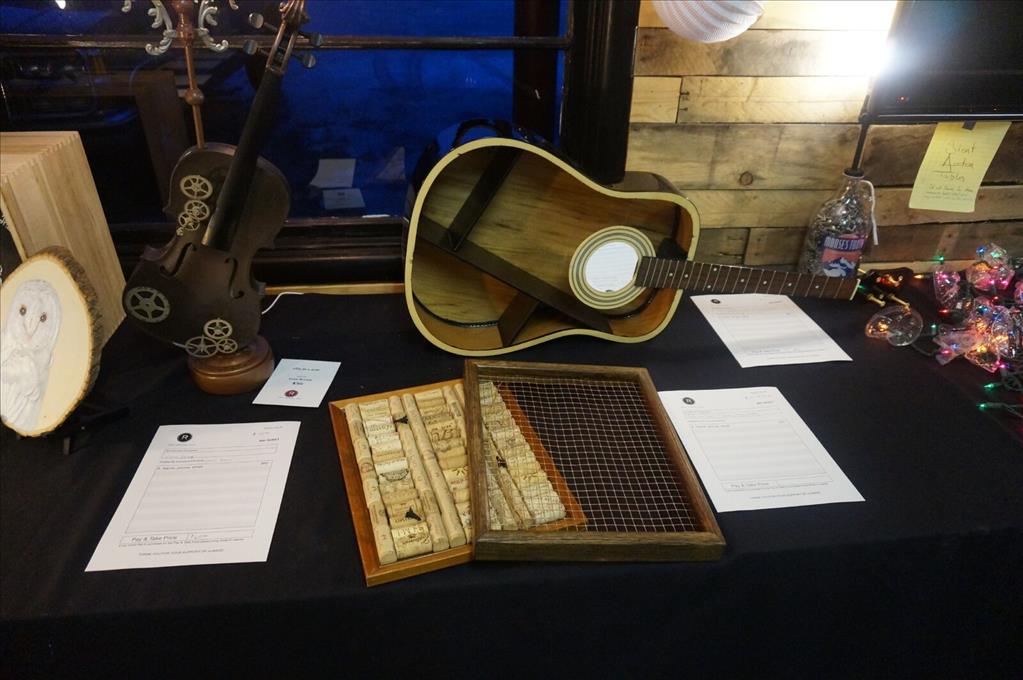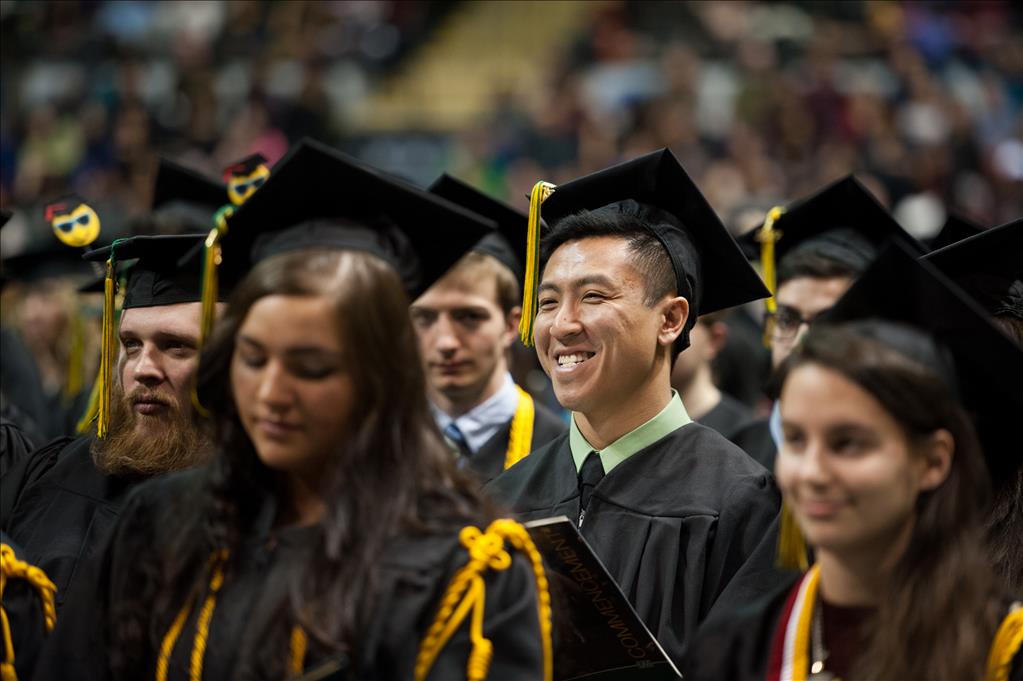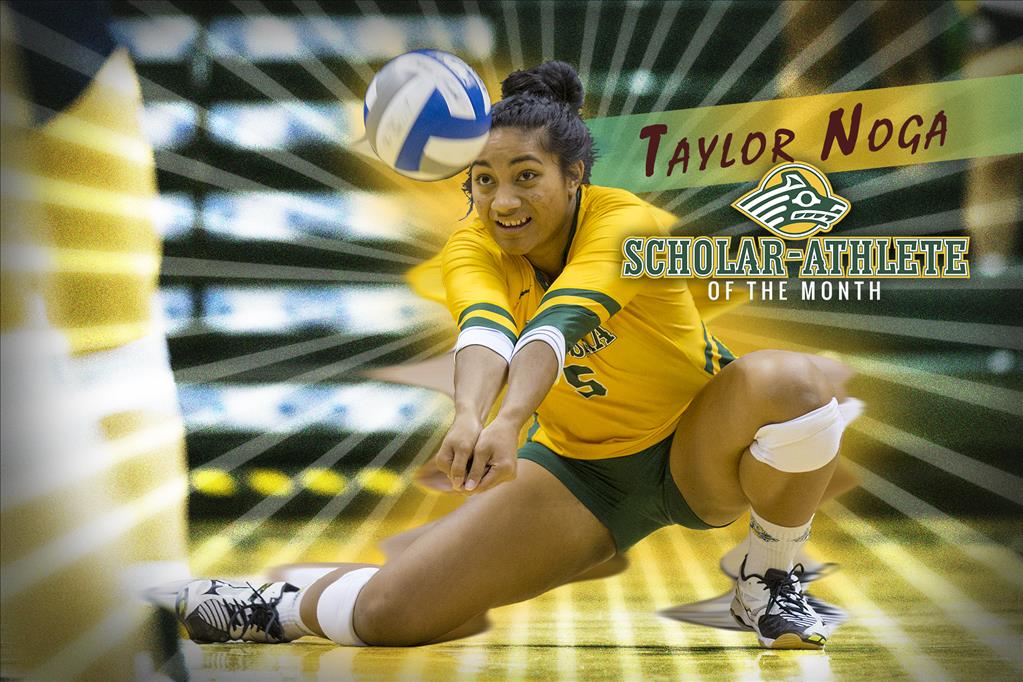Gender and justice at work in "Radium Girls"
by joey |
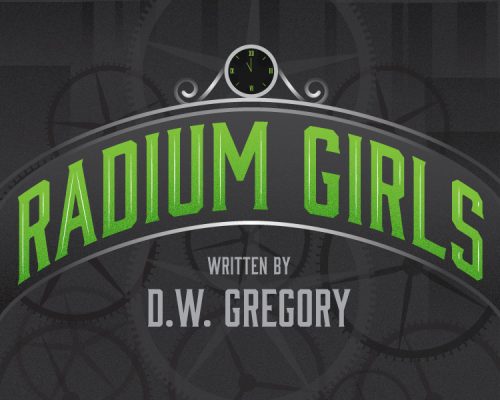
Radium Girls runs Oct. 20-29, and tickets are available at uaatix.com. (Image courtesy of UAA Department of Theatre and Dance)
Radium, at one time, was a glow-in-the-dark wonder drug. Just 100 years ago, people willingly drank radium-tinged water as an energy supplement. There was radium soda and radium candy. Marie Curie touted the element's effects on reducing the size of cancerous tumors (before, eventually, succumbing to radium poisoning herself). Radium use was a bold new discovery, widely accepted without being widely understood.
Radium Girls, the Department of Theatre and Dance's fall production, addresses the fallout of unchecked radium use, while touching on themes of power, persuasion, gender and justice along the way.
The department are staging six performances, with a few new additions. On Sunday, Oct. 22, American Sign Language interpreters joined the cast for an inclusive production. The final performance, on Sunday, Oct. 29, will feature a pre-talk from Department of English faculty.
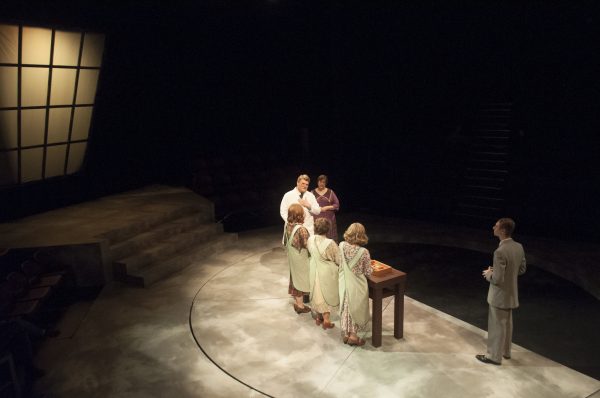
Image courtesy of UAA Department of Theatre and Dance
Looming luminescence
Radium Girls largely follows the story of Grace Fryer, a dial painter at the U.S. Radium Corporation in Orange, New Jersey. During World War I, young women were hired to paint the numbers on military wristwatches using a zinc-radium blend called Undark. The radioactive paint held a natural glow, illuminating the watch frames and allowing soldiers to tell time in the trenches. Each dial girl was expected to complete hundreds of watches per day, applying 12 tiny numbers with a technique called "lip, dip, paint."
"They would take a paintbrush and twirl it in their lips to get the point as fine as possible, dip it into this radium-paint mixture, then paint it onto the dials-1, 2, 3, 4-of the clock," explained Nova Cunningham, theatre professor and director of the play.
Each time a painter sharpened the brush point between her lips, she ingested a small amount of radium. But what was the harm? Radium was marketed as a cure-all, and the young women earned roughly $20 each week, a good wage given the time. Many girls were still teenagers and, after work, they'd paint their fingernails in Undark, or sprinkle some in their hair to make their curls sparkle.
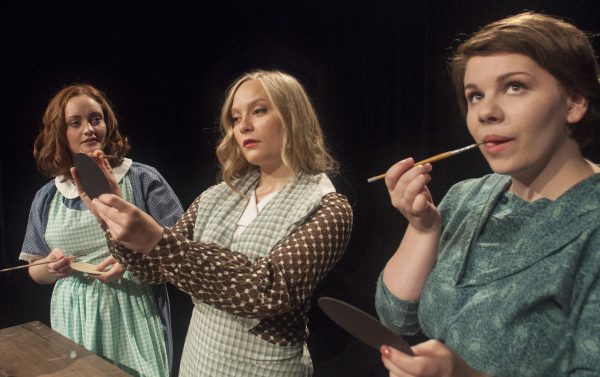
The cast of UAA's "Radium Girls" (Image courtesy of UAA Department of Theatre and Dance)
But then, the healthy young women started getting devastatingly sick. Teeth rotted. Tumors grew. One woman's jawbone broke off at the dentist. As the girls' bones honeycombed and their health declined, they raced to get justice from their employer, but the company wouldn't take the blame. OSHA didn't exist to protect them. Research didn't exist to support them. And what did girls know about science anyway?
Radium Girls pits Grace against Arthur Roeder, president of the United States Radium Corporation, who tries to defend the corporation as he works to understand radium. (He and his wife, meanwhile, drink Radithor-radioactive water-for their own health.)
It's an individual-versus-corporation saga, as well as a story of women in the workplace, women in society, and a cautionary tale about blind belief and even beauty standards. And it's all true.
"To see this journey of these wide-eyed excited young gals coming in to do their part to protect their men, as well as have this outstanding job, and then to watch the decline of their health and what happened to them over time is what makes the story so fascinating," Cunningham said.
"It's a powerful story."
Oct 22: ASL-interpreted show
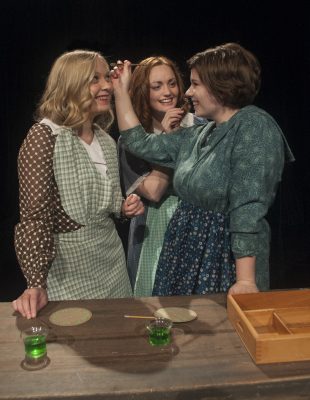
The cast of "Radium Girls" (Image courtesy of UAA Department of Theatre and Dance)
The Sunday Oct. 22 show included American Sign Language interpretation, a change in accommodations for the department.
Previously, any deaf audience member could request an interpreter for a performance, which required guests to take the initiative. While hearing audience members could decide to attend a performance at any time, deaf guests had to request an interpreter weeks ahead. Offering an ASL-interpreted show removes those barriers.
"People who are deaf or who use American Sign Language can attend a show without having to plan three weeks in advance," Anne Lazenby, a staff interpreter in Disability Support Services, said of this new change.
It's part of a wider campus shift in open access towards the deaf community. By providing a service without a request, UAA performances and events-like last Friday's alumni-focused Homecoming Breakfast-are now readily available without placing extra work on the deaf community to attend.
"It's great that they provide this opportunity," Lazenby added.
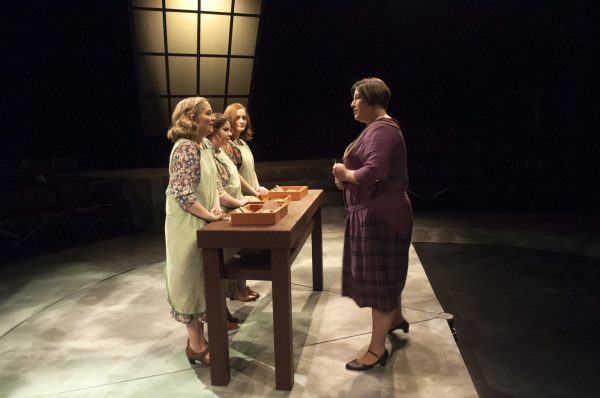
Image courtesy of UAA Department of Theatre and Dance
Oct. 29: English faculty pre-talk
Another noteworthy performance occurs Oct. 29, when English professors Sharon Emmerichs and Jennifer Stone open the final show with a pre-talk and Q&A on women's health and their role in the workplace.
"I think the audience might be surprised to realize that we're having the same conversations we've been having for a century," said Emmerichs, whose research centers on Shakespeare and feminist theory. For example, she added, there's an ongoing conversation today about how to make STEM career fields (science, technology, engineering, math) more open, accepting and appealing to women than in the past.
"This script seems very relevant to those conversations that we're having right now of how to get women into STEM and the hard sciences, as well as listening to women's stories and the hardships women have endured in the workforce throughout history," Emmerichs added.
"While we have seen change and improvement, we still have a long way to go. I think this play is a good opportunity for audiences to learn that women have always been a part of the workforce, and have always had to face challenges because of it."
Radium Girls opens Friday, Oct. 20 and runs through Sunday, Oct. 29. Click the below dates for tickets.
Friday, Oct. 27, 8 p.m. Saturday, Oct. 28, 8 p.m. Sunday, Oct. 29, 5 p.m. Pre-show talk with English faculty at 3:45 p.m.
 "Gender and justice at work in "Radium Girls"" is licensed under a Creative Commons Attribution-NonCommercial 4.0 International License.
"Gender and justice at work in "Radium Girls"" is licensed under a Creative Commons Attribution-NonCommercial 4.0 International License.











